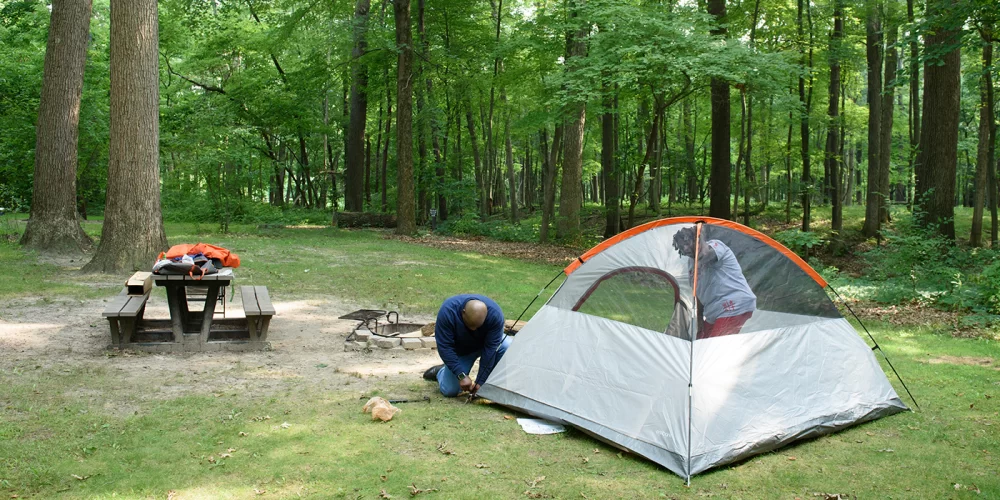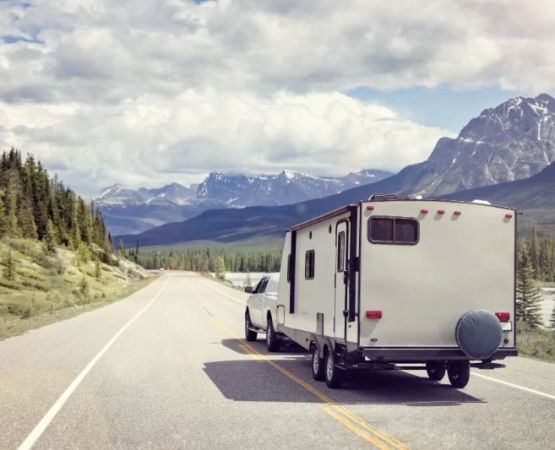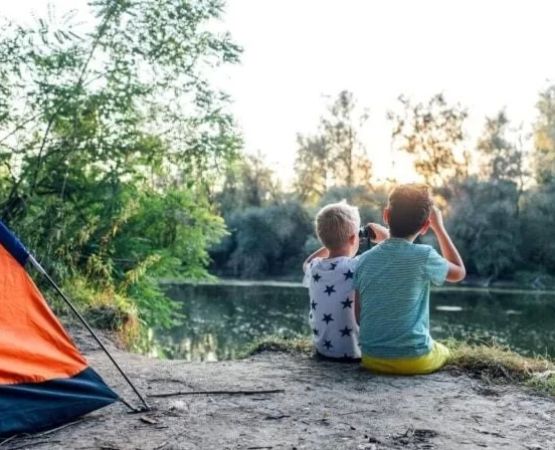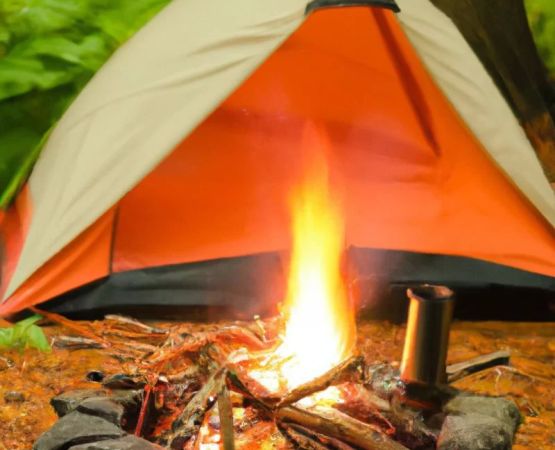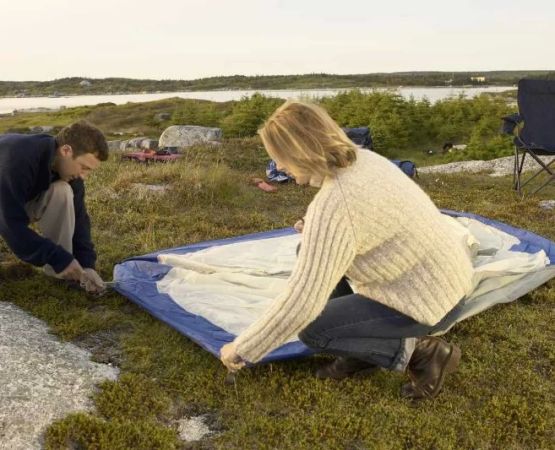Embracing Sustainability in Camping: A Nature Lover's Guide
Camping in the great outdoors has always been a cherished activity for nature lovers. There's something magical about immersing yourself in the wilderness, breathing in fresh air, and reconnecting with the earth. But as we all know, our natural environments are increasingly under threat due to human activity. As an avid camper, I believe it's our responsibility to minimize our environmental impact and adopt sustainable practices while camping. In this article, I'll share some of the best sustainable camping practices that I’ve learned over the years, and how you, too, can make your camping trips more eco-friendly.
1. Leave No Trace: The Core Principle of Sustainable Camping
One of the first lessons I learned when I started camping was the Leave No Trace (LNT) principle. This guiding philosophy has transformed how I experience nature. Essentially, it means that we should leave the environment exactly as we found it, without causing any lasting damage. As a nature lover, it's crucial to respect wildlife, plants, and natural resources. Here are a few key practices that I personally follow:
- Pack Out Everything: After each trip, I ensure that all waste, including trash, food scraps, and toilet paper, is packed out with me. It's essential to carry extra bags for this purpose, as even small items like food wrappers can harm wildlife and pollute the environment.
- Stay on Trails: I make a conscious effort to stick to established trails to prevent soil erosion and protect fragile ecosystems. Off-trail hiking can trample delicate plants and disturb animal habitats.
- Camp in Designated Areas: I always choose designated campsites that are pre-established for camping. This helps minimize human impact on sensitive natural habitats.
2. Sustainable Gear and Equipment Choices
The gear you use for camping can either help or hinder your efforts to practice sustainability. When I first started camping, I didn’t pay much attention to the environmental impact of my equipment. Over time, though, I’ve learned to invest in sustainable, long-lasting camping gear. Here are some sustainable gear tips I follow:
- Invest in High-Quality, Durable Gear: Rather than buying cheaper, disposable items, I invest in high-quality equipment that will last for many years. Quality tents, sleeping bags, and cookware are built to withstand harsh conditions and reduce the need for replacements.
- Opt for Eco-Friendly Materials: I look for products made from sustainable materials like organic cotton, bamboo, or recycled fabrics. Eco-friendly alternatives not only reduce waste but also minimize harmful chemicals that can pollute the environment.
- Use Solar-Powered Gadgets: I’ve switched to solar-powered lights, chargers, and cooking tools. Solar energy is a renewable, non-polluting power source, making it a perfect fit for eco-friendly camping.
3. Leave Wildlife and Plants Undisturbed
One of the most rewarding aspects of camping is observing wildlife and enjoying the natural beauty of plants and trees. However, it’s essential to remember that we are visitors in these ecosystems. I always follow these steps to ensure I don’t disturb the wildlife or plants around me:
- Keep a Safe Distance: When I encounter animals in the wild, I make sure to maintain a respectful distance. Never approach, feed, or try to touch wildlife. Feeding animals can alter their natural behavior and make them dependent on human food, which is harmful.
- Avoid Picking Plants: I resist the temptation to pick flowers, berries, or leaves. In addition to preserving the natural landscape, leaving plants undisturbed ensures that animals have the food and habitat they need to survive.
- Minimize Noise: Keeping noise levels low ensures that animals can move freely without being startled or stressed. I’ve noticed that quiet, respectful camping creates a more immersive and peaceful experience for everyone involved.
4. Water Conservation and Safe Practices
As campers, we often rely on natural water sources for drinking, cooking, and cleaning. However, it’s essential to be mindful of how we use and dispose of water. Overuse of water resources or improper disposal can harm fragile ecosystems. Here’s how I ensure I use water responsibly during my trips:
- Filter Water Rather Than Boiling: I use portable water filters rather than boiling water from natural sources. Boiling uses precious fuel, and water filters are much more energy-efficient. They also help ensure that the water I’m drinking is clean and free of contaminants.
- Don’t Pollute Water Sources: When I wash my dishes or clean myself, I always do it at least 200 feet away from any water source. I also use biodegradable soap, as regular soap can pollute rivers and streams.
- Conserve Water: I take care to use water efficiently, whether for drinking or cleaning. I avoid wasting water and take shorter showers or sponge baths when necessary.
5. Minimize Your Carbon Footprint
One of the main ways we can reduce our environmental impact while camping is by minimizing our carbon footprint. Whether it's reducing fuel consumption, traveling sustainably, or choosing energy-efficient options, here’s how I make sure my trips are as eco-friendly as possible:
- Choose Eco-Friendly Transportation: When planning my camping trips, I opt for public transportation, carpooling, or even biking to minimize carbon emissions. If I need to drive, I try to make sure my vehicle is fuel-efficient.
- Opt for Minimal Waste: I pack reusable items like a thermos, reusable cutlery, and collapsible containers instead of single-use plastics. This simple switch drastically reduces waste.
- Use a Camp Stove Instead of Open Fires: Whenever possible, I use a camping stove for cooking instead of building an open fire. This not only conserves wood but also reduces air pollution and the risk of wildfires.
6. Respect Local Communities and Indigenous Lands
As a nature lover, it’s important to me to respect not only the natural world but also the people who live in or near it. Many camping areas are located on indigenous lands, and it’s crucial to approach these places with cultural sensitivity. Here are the steps I take to respect local communities:
- Research Local Cultures: Before camping in a new area, I research the history, culture, and traditions of local communities, particularly Indigenous groups. This helps me understand the significance of the land and how to respect it.
- Follow Guidelines and Permits: I always make sure to follow any local guidelines or obtain necessary permits when camping in specific areas. These rules are in place to protect both the environment and the communities that live there.
- Support Local Businesses: Whenever possible, I buy food and supplies from local businesses rather than chain stores. This supports the local economy and minimizes the carbon footprint associated with long-distance shipping.
Camping is a beautiful way to experience nature, and with sustainable practices, we can ensure that these experiences continue for future generations of nature lovers. Every little step counts, whether it’s packing out our trash, conserving water, or supporting eco-friendly businesses. By making conscious decisions, we can enjoy the outdoors while helping to preserve it for years to come.

